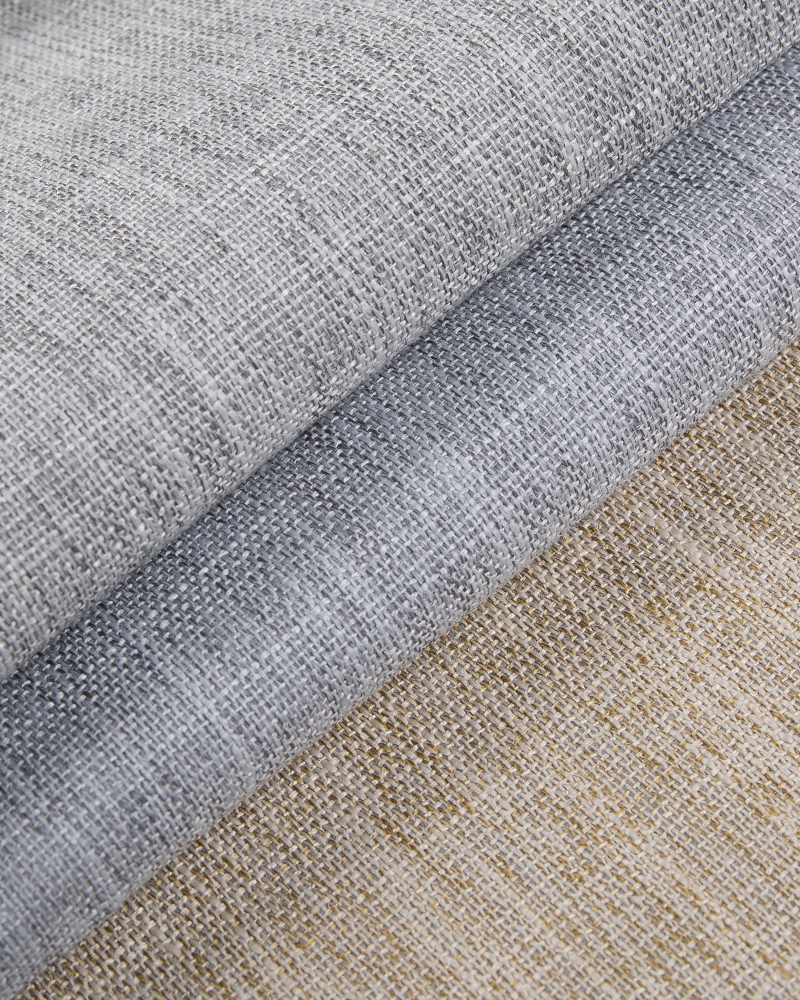
The environmental impact of dyes and treatments used in cotton linen curtains fabric, particularly concerning chemical treatments, encompasses various ecological and health-related issues. Here’s a comprehensive overview:
The dyeing process often involves synthetic dyes that can contain hazardous substances like heavy metals (lead, cadmium) and azo dyes. When wastewater containing these toxic chemicals is discharged without proper treatment, it can contaminate local water sources, leading to serious environmental consequences.
Polluted water bodies can harm aquatic ecosystems. Toxic chemicals can accumulate in fish and other organisms, disrupting food chains and leading to biodiversity loss. This contamination can also affect the health of communities relying on these water sources for drinking and agriculture.
The dyeing and finishing processes may release VOCs into the atmosphere, which can contribute to air pollution and pose health risks to workers and nearby residents. Prolonged exposure to VOCs can cause respiratory issues and other health problems.
Odor Issues: Chemical treatments can produce unpleasant odors, affecting air quality and the comfort of those living near manufacturing facilities.
The dyeing process is water-intensive, often requiring significant amounts of water for dye application and rinsing. This can strain local water resources, particularly in regions experiencing water scarcity.Chemical treatments and dyeing processes typically require considerable energy input, contributing to the carbon footprint of cotton linen curtains. The reliance on fossil fuels for energy can exacerbate climate change.
Improper disposal of wastewater can lead to chemical residues accumulating in the soil, affecting soil health and potentially contaminating crops grown in the area. This can disrupt local agriculture and harm food safety.
Workers involved in the dyeing and treatment processes may face exposure to harmful chemicals, increasing the risk of adverse health effects. This raises ethical concerns about labor practices and the safety of working conditions in the textile industry.Communities located near dyeing facilities may experience health issues related to water and air pollution, leading to broader public health concerns.

The textile industry is increasingly shifting towards using natural dyes derived from plants, minerals, or insects, which tend to be less harmful to the environment. Non-toxic synthetic dyes are also gaining traction, significantly reducing the environmental impact of dyeing processes.
Implementing closed-loop systems for water recycling during dyeing can minimize water consumption and reduce wastewater discharge. Such practices are essential for sustainable manufacturing.
The Global Organic Textile Standard (GOTS) provides guidelines for organic textile production, ensuring that the dyes and treatments used are environmentally friendly and comply with stringent ecological and social criteria.This certification ensures that textiles are free from harmful substances, promoting safer and more sustainable production methods.
The environmental impact of dyes and treatments used in cotton linen curtains fabric, particularly concerning chemical treatments, is multifaceted. Key issues include water and air pollution, resource consumption, soil contamination, and health risks to workers and communities. However, the industry is making strides toward sustainability through the adoption of eco-friendly dyes and treatments, water management practices, and adherence to certifications that promote safer production methods. Consumers can play a vital role by choosing products that prioritize environmental responsibility, thereby supporting a more sustainable textile industry.